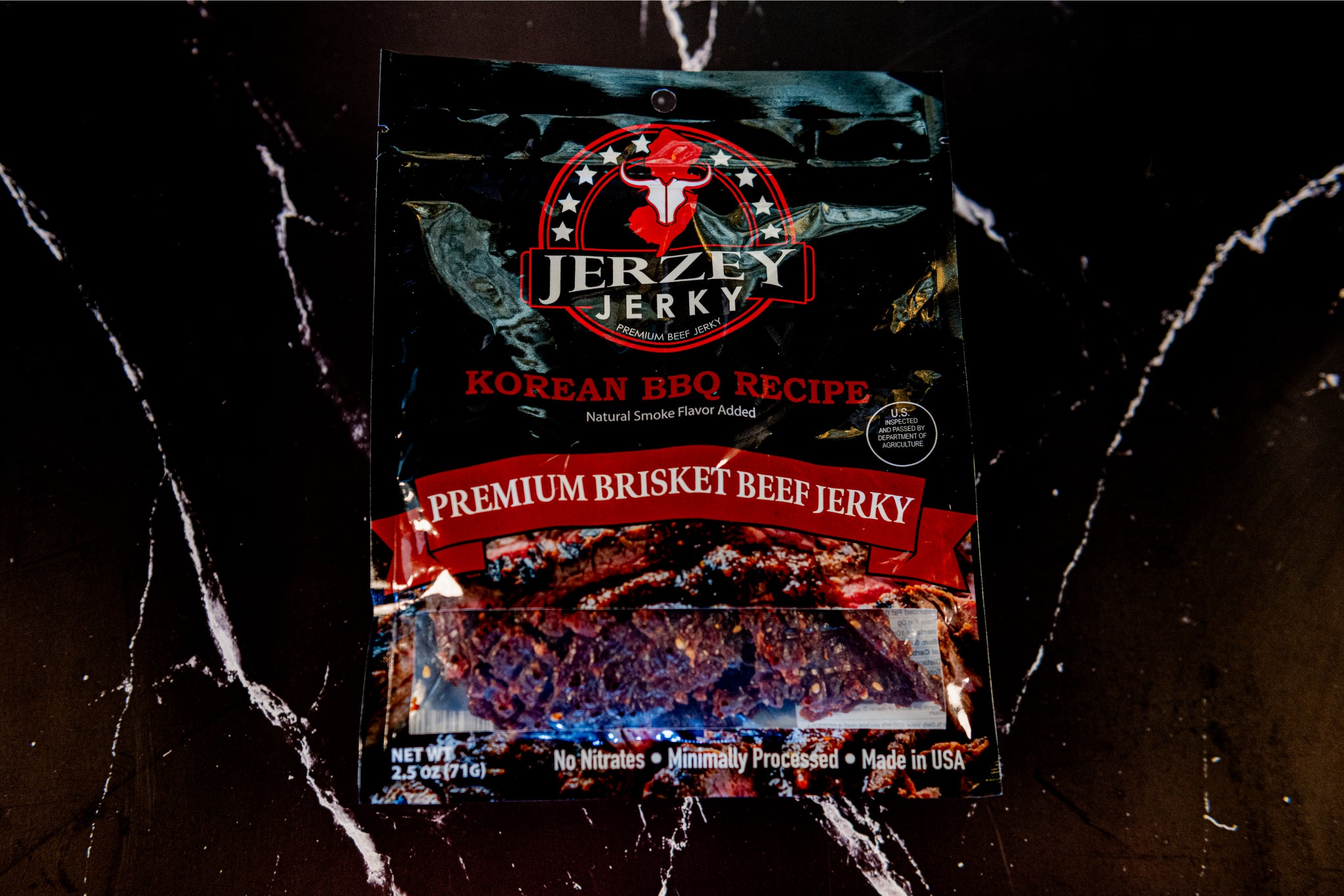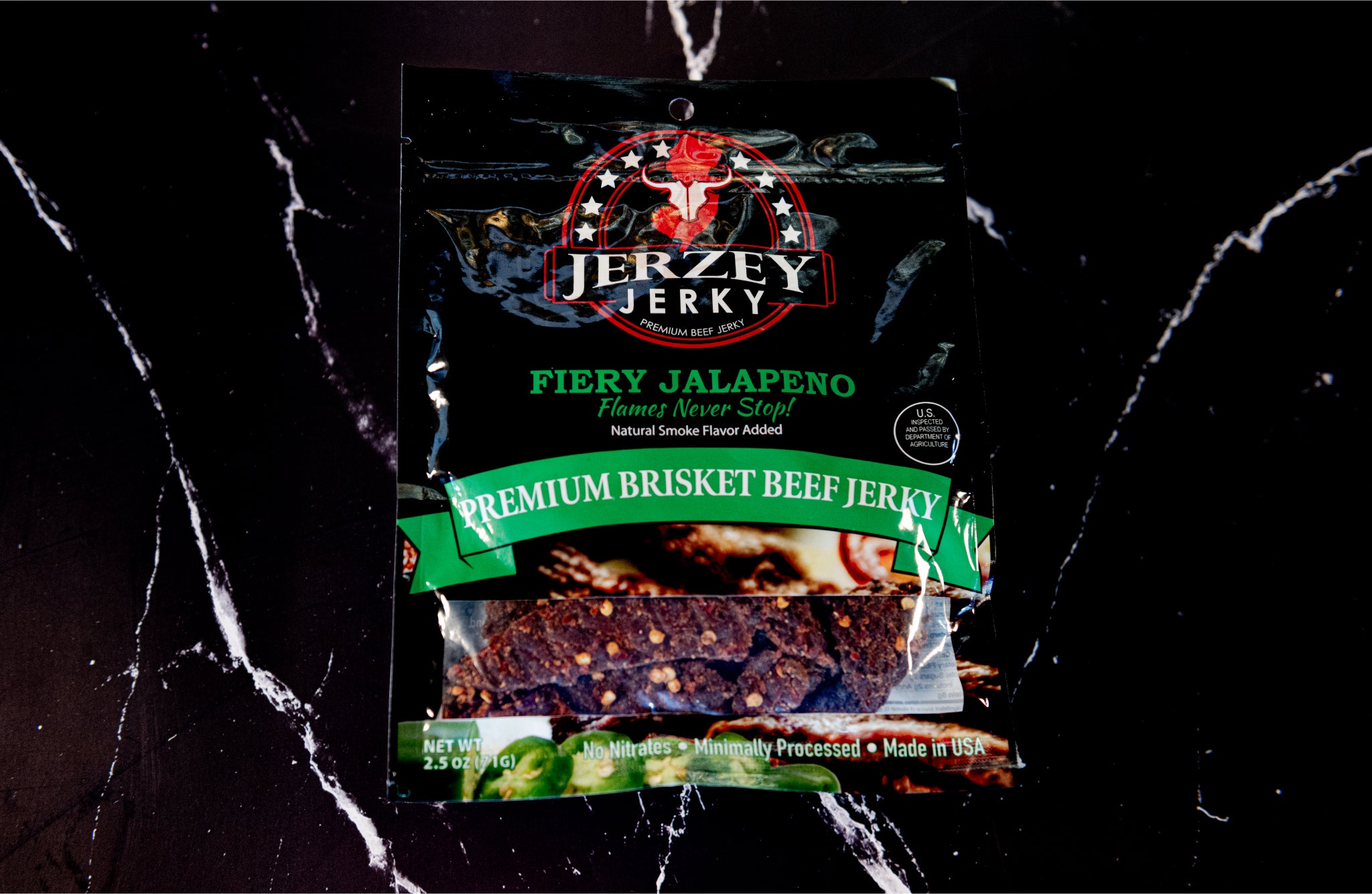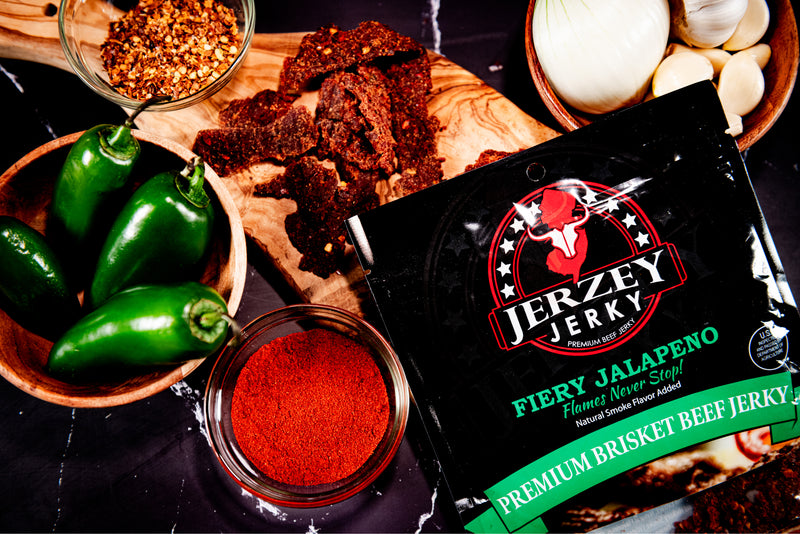
Organic Beef: Characteristics, Identification, and Nutritional Value
Organic beef refers to the beef of cattle raised organically. The USDA (2023) standards prohibit the application of antibiotics, synthetic hormones, and genetically modified feed. Cows are fed 100 percent organic food and are fed for at least 120 days every year.
Organic cattle do not live in as crowded environments as traditional beef cattle. They are reared without growth enhancers and pesticide-treated feed. The Organic Center (2023) confirms that these practices are more humane and increase the quality of beef, which makes organic beef a cleaner and more traceable alternative.
A 2019 article in Foods (PMID: 30790287) discovered that organic beef has 17 percent less cholesterol and 32 percent less fat. It also contains 170 percent more omega-3 alpha linolenic acid and 72 percent more taurine which is essential to the health of the heart and the brain. USDA Organic beef is labeled by its mark or the term Certified Organic.
What are the Characteristics of Organic Beef?
Here are the five main qualities of organic beef:
- Flavor Profile: Organic beef has a richer beef flavor that is natural and has a slightly earthy flavor because of the grass and organic feeds. It is also organic, having no chemical additives or artificial additives added as it grows and feeds the animals.
- Texture: There is a natural flow of the meat which makes it tender yet a bit tough due to slow development. It is not tender like the grain-fed beef, which offers a medium chew and is neither hard nor dry to the mouth of the cooker.
- Appearance: Organic beef turns medium to dark red and the muscles are healthy as well. It is evenly distributed all over the meat in moderate marbling. The darker colour demonstrates the movement of the animal in the open and the flux of oxygen in the tissues in nature.
- Fat Content: It is reduced-fat beef, a mixture of beef with less total fat as compared to the normal versions but the taste is still good. It matures slowly through natural feeding and accumulates its fat. The result is healthier, leaner fat that helps to maintain flavor but without heavy grease like found in grain-fed meat.
- Juiciness: Organic beef retains its moisture even at low fat content under the right amount of heat. Its thin meat is juicy enough to contain water. The gentle cooking preserves the juices and you can take a bite without the need to add more oil or sauces.
Shop the best-selling Teriyaki Beef Jerky - Brisket & Korean BBQ Beef Jerky - Brisket !
What is the Nutritional Value of Organic Beef?
Here are the five key nutrients found in organic beef:
- Protein Content: Organic beef contains complete protein of high quality and all the essential amino acids. This protein aids in repairing muscles, filling in tissues, and enhancing robust development, particularly among teenagers and energetic people who require well-being and restoration following hard work daily.
- Healthy Fats: It has omega-3 fatty acids and conjugated linoleic acid (CLA), which promote the health of the heart and brain. These fats are also naturally raised by feeding on grass, producing superior quality fat than processed beef with harmful chemical leftovers or artificial additives.
- Vitamins: B vitamins such as B6, B12, niacin and riboflavin are abundant in organic beef. These vitamins raise the energy level, aid the nervous system, and aid the creation of red blood cells, which are required to deliver oxygen and to maintain daily activity.
- Minerals: It has some vital minerals, including iron, zinc and selenium. Iron makes healthy blood, zinc enhances the immune system and selenium shields body cells. These minerals are naturally more abundant in the meat of pasture-raised healthy animals.
- Calories: The amount of calories in organic beef remains moderate, depending on the cut. Lean areas provide fewer calories and the fatter areas provide more. It provides energy but is not excessively high in fat, which keeps weight and energy levels healthy.
How to Identify Organic Beef?
Here are the three main ways to recognize organic beef:
- Labeling & Certification: Ecological beef is certified and bears the official marks of USDA Organic in the U.S. or EU Organic in Europe. These labels assure the high quality of the beef of organic production and the inspection by certified bodies with a written completion.
- Feed & Farming Practices: Animals kept to give rise to organic beef are fed exclusively on approved organic grains, which are grown without synthetic pesticides, fertilisers, or GMOs. They lack growth hormones and antibiotics and live in clean conditions, which have access to the outside and natural life.
- Visual & Market Clues: Organic beef normally looks a bit darker due to the natural activity of its muscles. It is commonly sold within the organic or specialty markets. Information about certification, farm name, as well as phrases like 100% organic, Certified Organic are typical on the packaging.
How to Cook Organic Beef?
Here are four simple and effective steps to cook organic beef:
- Preparation Tips: Allow organic beef to be at room temperature, 20-30 minutes before cooking. This assists the meat to cook uniformly on all edges and avoids the meat drying or hardening as it heats.
- Cooking Methods: Optimal use is pan searing, grilling, roasting, or slow cooking. All of the methods are effective on various cuts. Depending on the type and thickness of the cut, select the method to release the full flavor of the beef.
- Temperature & Timing: Prepare lean organic beef at low heat to make it moist. The meat is dried at high temperatures due to the low level of fats. Be careful of the time to prevent overcooking and to retain natural juices.
- Resting: Once cooked, allow beef to rest at least 5-10 minutes, then cut. The juices settle in the meat when it is resting, making each bite tender and wet rather than crunchy or coarse.
What are the Common Mistakes to Avoid with Organic Beef?
Here are four common errors people make when cooking organic beef:
- Overcooking: Organic beef is lean and cooks quickly and dries up. Popular high heat or excessive cooking takes away natural moisture content plus other tender parts, resulting in the meat being tough and less delightful.
- Ignoring Label Claims: Always look for formal organic certifications such as USDA Organic or EU Organic. In the absence of these, the beef may not be certified organic and may be ordinary meat that has been mislabeled.
- Skipping Resting: Carving organic beef after cooking leads to the wasting of juices. Allowing the meat to rest 5-10 minutes allows the juices to redistribute to make the beef potent when it is served.
- Using Excess Fat or Oil: Organic beef is abundant in its diet with rich Natural flavors. The excessive use of oil or butter can suppress this flavor and render one greasy rather than improving the quality of the beef.

 2025-09-11
2025-09-11
 Wayne Holland
Wayne Holland



























